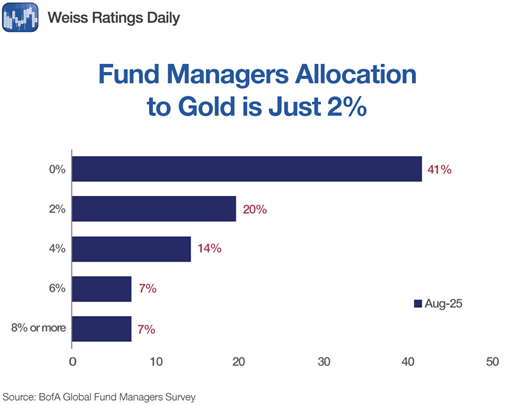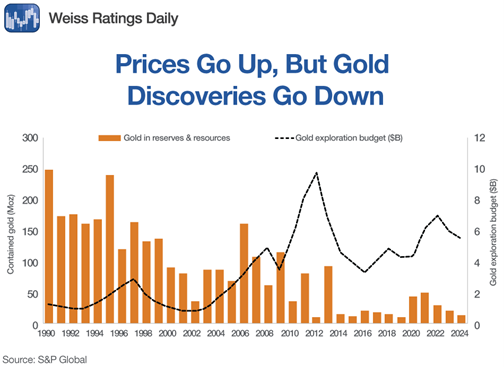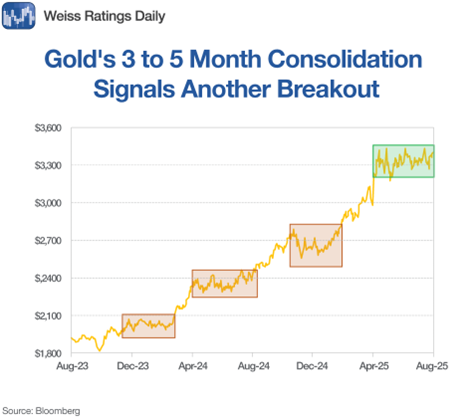The Exit Strategy: Stocks Showing Critical Warning Signs
August 16, 2025
Every successful investor knows a painful truth: knowing when to sell is often more critical than knowing what to buy.
While financial media overwhelmingly focuses on buying opportunities, our research consistently identifies companies facing significant headwinds that merit serious consideration for selling. These aren’t just stocks underperforming the market; they’re businesses confronting structural challenges, deteriorating fundamentals, or carrying valuations disconnected from financial reality.
What you won’t find here: reactionary calls based on short-term price movements or headline volatility. Each company on this list has been thoroughly analyzed across multiple metrics that historically precede substantial declines.
Smart investors understand that portfolio management requires both addition and subtraction. Sometimes the best investment decision is to redeploy capital away from troubling positions before problems fully materialize in the share price.
This week’s watchlist highlights stocks showing critical weaknesses that demand immediate attention:
Target (TGT)
Target faces a deteriorating competitive position that Bank of America’s downgrade to underperform reflects through concrete operational metrics showing the retailer falling behind key competitors. The most damaging evidence is the company’s mobile app monthly active users declining year-over-year while Walmart’s grew substantially, indicating Target is losing the critical digital engagement battle that drives e-commerce growth and advertising revenue. This digital weakness undermines Target’s ability to scale higher-margin revenue streams like digital advertising and third-party marketplace fees, which are essential for offsetting gross margin pressures and funding necessary technology investments.
The company’s structural disadvantages extend beyond digital execution to fundamental cost structure issues that will intensify under the current tariff environment. With imported goods representing approximately half of Target’s cost structure compared to Walmart’s one-third exposure, Target faces disproportionate pressure from trade policy changes. Bank of America estimates Target would require price increases nearly double Walmart’s rate to offset tariff impacts, creating a competitive disadvantage that could accelerate market share losses to better-positioned rivals.
At current levels around $103, down over 22% year-to-date, Target’s valuation appears to reflect some of these challenges, but Bank of America’s $93 price target suggests further downside as competitive pressures intensify. The analyst consensus shows limited conviction with 23 hold ratings versus just 10 buy recommendations, indicating professional uncertainty about the company’s turnaround prospects. With analysts expecting a 20% year-over-year earnings decline in the upcoming quarterly report, Target appears caught in a negative cycle where digital weakness, cost structure disadvantages, and tariff exposure combine to create persistent headwinds. For investors seeking retail exposure, the combination of structural competitive disadvantages and deteriorating operational metrics suggests considering alternatives with stronger digital positioning and more favorable cost structures.
BigBear.ai (BBAI)
BigBear.ai exemplifies the dangers of investing in AI-themed companies whose business models remain unproven despite operating in favorable market conditions for artificial intelligence adoption. The defense-focused AI company’s 20.6% weekly decline following second-quarter results revealed fundamental execution problems that Wall Street expectations couldn’t anticipate. Missing revenue projections by 20% while posting losses significantly worse than expected demonstrates management’s inability to accurately forecast business performance in what should be a predictable government contracting environment.
The magnitude of BigBear.ai’s guidance revision signals deeper structural problems beyond temporary contract disruptions. Cutting full-year revenue guidance from $160-180 million down to $125-140 million represents a 22-30% reduction that suggests either poor visibility into the business or systematic overestimation of market opportunities. CEO Kevin McAleenan’s explanation of federal contract disruptions, while pointing to potential DHS funding, highlights the company’s dependence on government decision-making processes that can shift unpredictably regardless of technological capabilities.
Most concerning is BigBear.ai’s inability to capitalize on the current AI investment boom that has benefited larger technology companies and even specialized players like Palantir. Trading at a substantial premium with a $2 billion market capitalization despite deteriorating fundamentals, the stock appears to reflect speculative positioning rather than institutional conviction in the business model. The 27.97% gross margin provides some operational leverage potential, but persistent losses and revenue volatility suggest fundamental challenges in converting AI capabilities into sustainable profits. For investors seeking AI exposure, BigBear.ai’s combination of government dependency, execution challenges, and speculative valuation suggests considering more diversified technology companies with proven ability to monetize artificial intelligence capabilities across multiple market segments.
C3.ai (AI)
C3.ai represents perhaps the most concerning AI investment case, with the company’s 19% weekly decline highlighting how even bearing the AI ticker symbol cannot overcome fundamental business model failures. The preliminary quarterly results revealed not just poor performance but deteriorating trends, with revenue declining to approximately $70 million from $87.2 million the previous year while operating losses expanded to $125 million from $73 million. This combination of shrinking revenue and expanding losses during the peak of AI investment enthusiasm suggests profound structural problems that external market conditions cannot resolve.
The leadership transition adds additional uncertainty at a critical time when the company most needs strategic direction and execution focus. CEO Thomas Siebel’s announced retirement due to health issues leaves C3.ai without identified successor leadership while facing intensifying competitive pressures from better-funded technology giants. The company’s failure to generate profits after years of operation, with 12-month net losses reaching $289 million on the latest audited results, demonstrates that scale has not led to operational efficiency or sustainable unit economics.
Perhaps most damning is C3.ai’s inability to benefit from the unprecedented AI investment environment that has driven substantial growth for competitors across the technology sector. Trading at $17.87, down 90% from IPO highs, the stock reflects market recognition that compelling technology narratives cannot substitute for fundamental business viability. The 60.62% gross margin suggests the underlying technology has value, but persistent inability to convert this into profitable growth after years of market development raises questions about the addressable market size and competitive positioning. For investors attracted to AI themes, C3.ai’s track record of consistent losses during favorable market conditions suggests waiting for demonstrated profitability and revenue stability before considering investment, particularly when larger technology companies offer AI exposure with proven business models and sustainable competitive advantages.


















